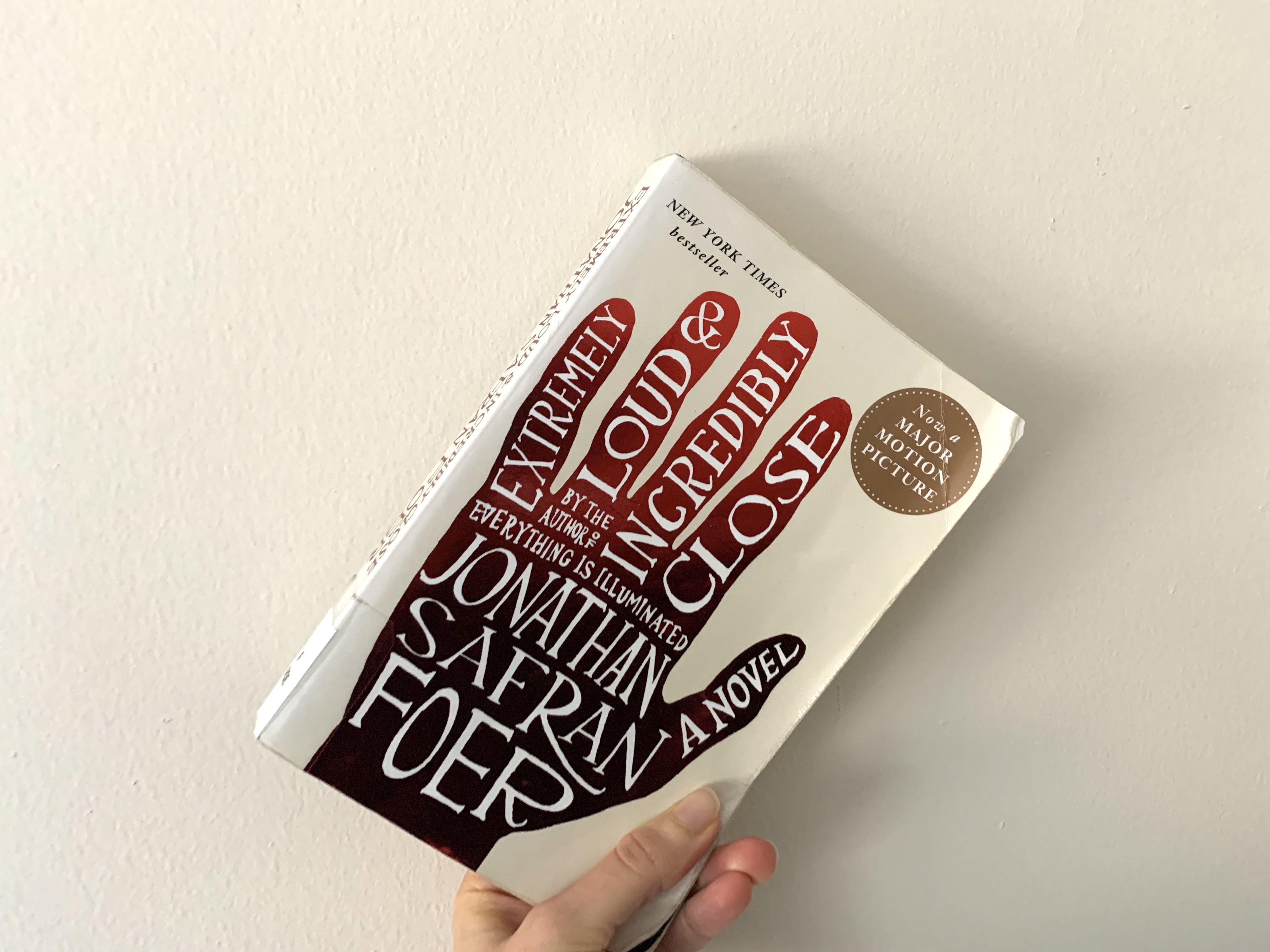New York as a city is portrayed time and again on screen, but always filtered through a lens, and, therefore, not always recognizable to me. There’s the New York of Woody Allen, in greyscale, where everyone has an analyst; there’s the New York of Sex and the City, with its glitz and glamor. There’s the New York where everything is possible; there’s a New York that eats you up alive. But I was raised in New York; mine is very rarely onscreen.
Of course, you find it occasionally: in Little Manhattan, for instance, or pieces of Woody Allen’s Everyone Says I Love You. It’s hard to describe, but I’ll do my best: it’s a city that you simultaneously always and never take for granted; a city that offers you any experience you could possibly imagine that still manages to bring out a pre-teen’s constant boredom. It’s a city where you’re never alone, and don’t yet feel that existential loneliness you will later in life, but you also know that most run-ins with people will be just that: run-ins, one-offs; most strangers will remain strangers. And yet, somehow, we’re all intertwined.
Extremely Loud and Incredibly Close feels like the sort of book I should have read a long time ago, when I was living in Andover or Toronto and pining for my hometown. But I didn’t. I read it now, when I’m here in New York (albeit a very changed New York), and it managed to make me oddly nostalgic for the early oughts in New York, after 9/11, when the city’s edges seemed to soften, just a little bit. The narrator is eight, post 9/11; I was fourteen. Still, that first brush with something that devastates the naïveté of childhood rings true, due in part to my being a particularly sheltered fourteen year old, and in part to Foer’s Oskar being the most precocious eight-year-old I’ve ever read. (It’s sometimes annoying.)
When Extremely Loud and Incredibly Close manages to do with its wholly unrealistic cast of characters is to create that sense of a constellation in the city: that every encounter is, indeed, random, and not every thread you pick up will reach a conclusion, but somehow, without knowing exactly how, they’re all connected. It’s an imperfect rendering of an imperfect city, but one definitely worth reading.
